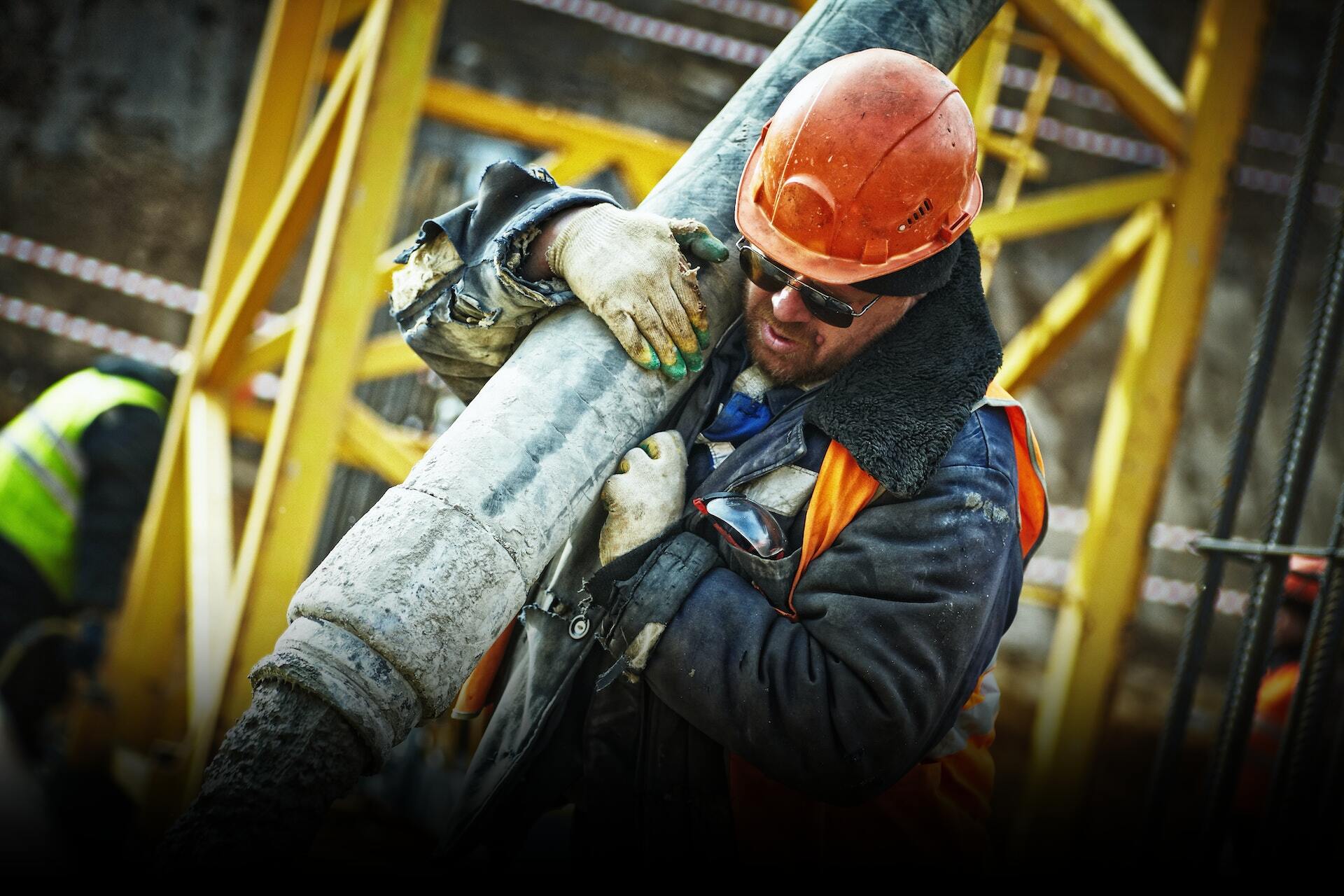
One issue of critical importance to health and safety management is the way that individual workers behave. Some statistics point over half of all workplace accidents are caused by unsafe acts and the poor safety-related behaviour of a worker. Three key questions represent core and objective of this article starting it with:
1. Why is it that one worker behaves safely at work, but another does not whilst both work in same conditions?
2. Why a worker may behave safely doing one job, while behaving unsafely with another job?
3. Why a worker behaves and work actively for one organisation, while doing entirely the opposite manner with another organisation?
The answer circles around the term “Human Factors”, in perspective of Health and safety management “human factors” refer to environmental, organisational and job factors, in addition to human or individual characteristics, which influence behaviour at work in a way which can affect health and safety
Read ``Major Features of Safety Culture in Workplace``
In this article we are going to briefly how “human factors” influence working practices to understand reasons behind people behave the way they do at work. By the end of the article If you can understand its objective , then it may be possible for you at workplace to:
a) Correct current poor behaviour when identified, by removing the cause of that behaviour.
b) Anticipate poor behaviour before it occurs, and
c) Introduce changes to reduce the likelihood of it occurring.
Factors Inluencing Human Factors ( Safety-Related Behaviour )
This definition includes three interrelated aspects that must be considered:
a) Organizational Factors
b) Job Factors
c) Individual Factors

a) Organizational Factors
Characteristics that influence workers’ behaviour including :
1. Safety Culture of the organization
Article “Health and safety culture” presented fully detailed description regarding features of positive safety culture in the workplace, some other factors following are considered under positive safety culture umbrella

2. Policies and procedures
Obvious proof of Positive health and safety Culture. The more existence and quality they are, the better reflections on the management system and better safety-related behaviour
3. Consultation and worker involvement
Case study mention in article “Health and Safety Management, Is It a Financial Burden ?” when employer upgared production line using less safe machines the result was deadly. Such disasters can be avoided by simple consultations with workers, their participation in decision can give better solutions to the business and improve safety related-behavious.
4. Levels of supervision
It a resultant effective tool when setting out strong policy and procedure, comes first when every person knows his own role. Supervisors know how much the presence or absence of competent supervision in the context of health and safety can affect safety- related behaviour so they oversee that work to prevent both rule-breaking behaviour and human error.
5. Peer-group pressure
Covered previously in article “ Major Features of Safety Culture in Workplace”
Safety begins with teamwork
– Safety Advisor
6. Commitment and leadership from management
The initial point of Health and safety management and its related culture always come from the organization’s high board council, they set out the route on which general managers, section head managers, supervisors, workers, etc towards Health and safety
7. Communication
Remember article “Major Features of Safety Culture in Workplace” we explained how good and effective ways of communication with workers and management can express positive safety culture. That facilitates conveying health and safety messages and information to the workforce, and how well the organisation can get feedback of whether understood messages or not
8. Training
Training is a legal requirement when hiring new manpower, young workers, modifying processes, introducing new technology, assigning workers to new jobs, or simply refreshing. A quote saying “Training makes perfect” never misses when an organization is identifying health and safety training needs and opportunities, resulting in well-informed, competent staff.
9. Resources
Laws and legislations require Emplyer to provide adequate resources guarante Health and safety to workers. Tools and machines must be purchased according to the availability of safe requirments to any necessary equipment
( machine guards, personal protective equipment, etc.) and the allocation of time to provide training in health and safety.
Poor resouces means poor safety related behavior, the worker get used to work in unsafe act, unsafe condition to get job done, Hence, no wounder when recording high number of accidents, damages.
10. Work patterns
When job objectives are the first priority, ignoring a healthy environment and safe working conditions may result in severe consequences, for example, bad shift systems, late work at night, or extended shift hours. These can adversely affect workers’ health and cause fatigue, reducing concentration, leading to poor performance his target becomes “get the job done under any circumstances to go home” and increasing the risks associated with safety-critical work



